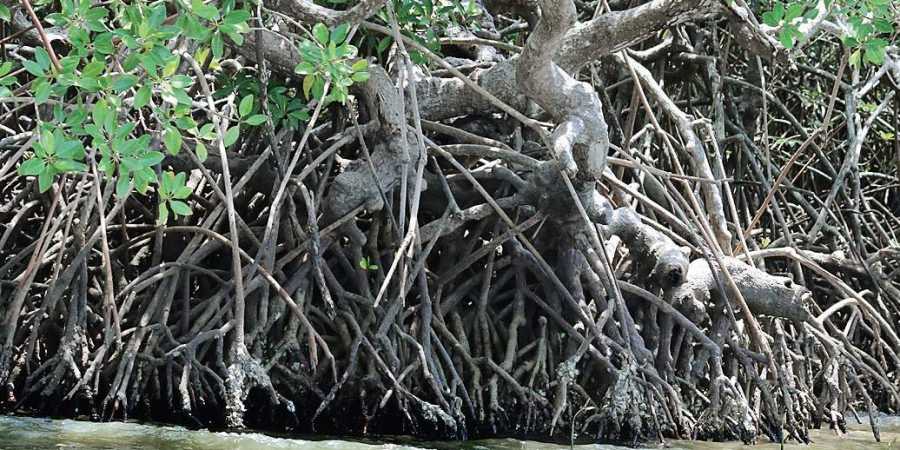Uttara Kannada records increase in mangrove cover
09:45AM Tue 28 May, 2019

KARWAR: Mangrove cover in Uttara Kannada district has increased, which is a sign of ecological balance of river estuaries. In the last 10 years, about 600 hectares of mangroves have got added in Karwar and Honnavar divisions.
In satellite images, the increased forest area is clearly visible. It has also been recognized by the Forest Survey of India. The Forest Department of Karwar and Honnavar division have been engaged in mangrove plantation in estuaries of Kali, Gangavali, Aghanashini and Sharavathi rivers and also in many small streams that joins the Arabian sea in the district.
In the last 10 years, mangrove patches have increased by 350 hectares in Honnavar division and 250 hectares in Karwar division. The FSI has made vegetation cover mapping of this additional 600 hectares.
Mangroves are not just trees that grow in coastal saline or estuary. They are maternity homes for fish, mammals, birds and many other things. They are also known as natural barriers, which prevent high tides and tsunamis. Therefore, mangroves have specially recognised in estuaries and there is a need to conserve mangroves for fish breeding and to prevent soil erosion, high tides and tsunamis from damaging the main land.
Vasant Reddy, DCF of Karwar, said there are 18 species of mangroves in over 2156.63 hectares of forest land, including 1,112.5 hectares in Karwar division and 1,044.13 hectares in Honnavar division, of Uttara Kannada district. There are some open patches in mangroves patches and the department has taken up planting of saplings in such places. In 2018-19, about three-lakh mangrove saplings were planted in 30 hectares in Karwar taluk and 1.5 lakh saplings were planted in 15 hectares in Ankola taluk.
The highest patch of mangrove is seen in Aghanashini, Kali and Sharavati rivers in the district. The department has been concentrating on protection and conservation of these mangroves. Apart from conducting awareness programmes, mangrove tourism is also being promoted as people can see mangroves and understand their importance, he pointed.
Apart from recognised forest land, mangroves are also seen in private land. There are about 600-700 hectares of mangroves in private land in the district.
Source: The New Indian Express












